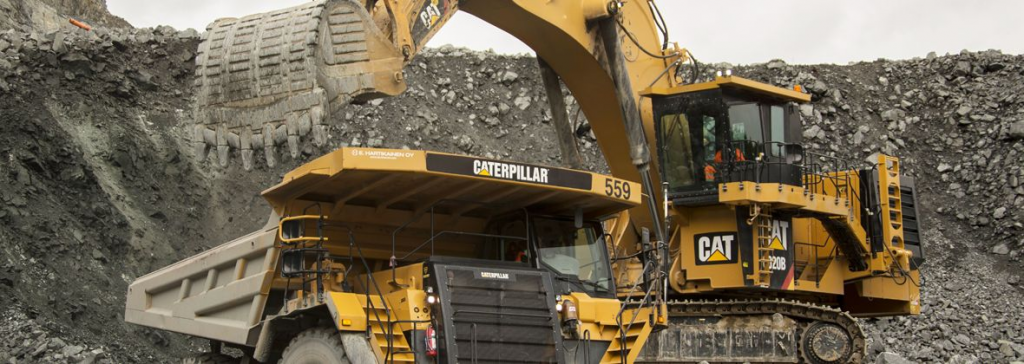
Mining equipment requires regular servicing to ensure safety, efficiency, and long-term operation. Proper maintenance helps prevent unexpected breakdowns, reduces downtime, and extends the equipment’s lifespan. In the harsh conditions of mining operations, equipment is subjected to extreme wear and tear, making consistent maintenance essential for smooth operation and safety. Here’s why regular servicing is so critical:
Key Benefits of Regular Mining Equipment Maintenance:
- Safety: Mining environments are inherently dangerous, and equipment malfunctions can result in accidents or injuries. Regular maintenance helps identify potential safety hazards and ensures machinery is operating correctly, reducing the likelihood of incidents.
- Optimal Performance: Well-maintained equipment runs more efficiently, minimizing downtime and ensuring all parts function as intended. This contributes to increased productivity and better overall operational efficiency.
- Extended Equipment Lifespan: Regular servicing addresses issues before they escalate into major problems, prolonging the equipment’s life and delaying the need for costly replacements.
- Reduced Downtime: Servicing helps detect and fix potential problems early, preventing unplanned breakdowns that can be costly in terms of both time and money.
- Regulatory Compliance: Mining equipment must comply with various safety and environmental regulations. Regular servicing ensures machinery is up to code, helping avoid fines and legal issues.
- Cost Savings: Preventive maintenance is less expensive than dealing with major repairs or equipment failures. Efficiently operating equipment also consumes fewer resources, leading to operational cost reductions.
- Environmental Impact: Well-maintained equipment tends to operate more efficiently, leading to lower emissions and a reduced environmental footprint, which aligns with sustainability goals.
- Operational Reliability: Equipment that is serviced regularly is more reliable, leading to a predictable production flow and fewer interruptions in mining operations.
Factors That Determine Service Frequency
The frequency with which mining equipment needs to be serviced depends on several factors:
- Manufacturer Guidelines: Always refer to the manufacturer’s recommendations for servicing intervals, lubrication schedules, and other maintenance guidelines.
- Usage Intensity: Equipment used heavily or continuously will require more frequent maintenance than machinery used intermittently.
- Operating Conditions: Harsh conditions, such as exposure to extreme temperatures, dust, or moisture, accelerate wear and tear, making more frequent maintenance necessary.
- Type of Equipment: Different machines, such as haul trucks, drills, and crushers, have specific maintenance needs. Maintenance schedules should be tailored to the type of equipment.
- Predictive Maintenance: Using sensors and condition-monitoring technologies can allow for real-time health assessments, enabling maintenance to be performed as needed rather than on a fixed schedule.
- Regulatory Requirements: Industry regulations may specify particular maintenance intervals to ensure safety and compliance with standards.
- Inspections and Audits: Regular inspections help identify potential issues early, preventing larger problems and ensuring equipment longevity.
- Operator Training: Well-trained operators who follow proper procedures can reduce the need for maintenance by minimizing undue strain on equipment.
Creating a Maintenance Schedule
To ensure mining equipment remains in optimal condition, it’s essential to develop a customized maintenance plan that considers the above factors. Regularly reviewing and adjusting this schedule based on changes in operating conditions or equipment usage is also important. Additionally, keeping detailed maintenance records allows for better tracking of equipment performance and history.
Routine servicing is a key practice in mining operations, offering benefits such as increased reliability, cost savings, and a safer working environment. By addressing wear and tear and preventing unexpected breakdowns, regular maintenance ensures that mining equipment operates efficiently and reliably for the long term.
